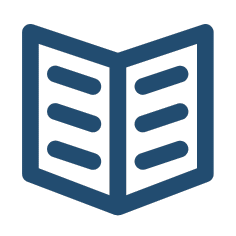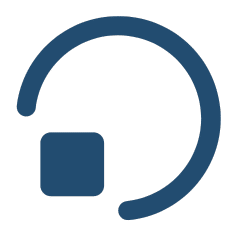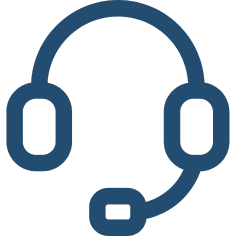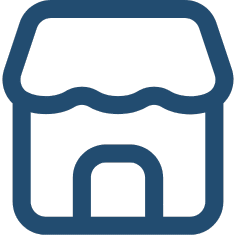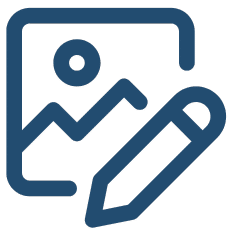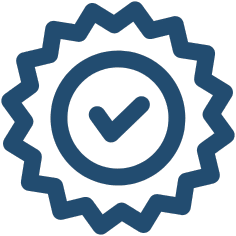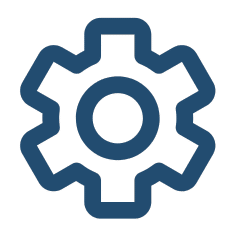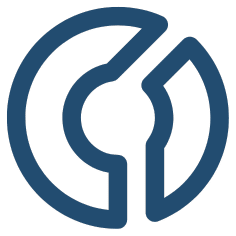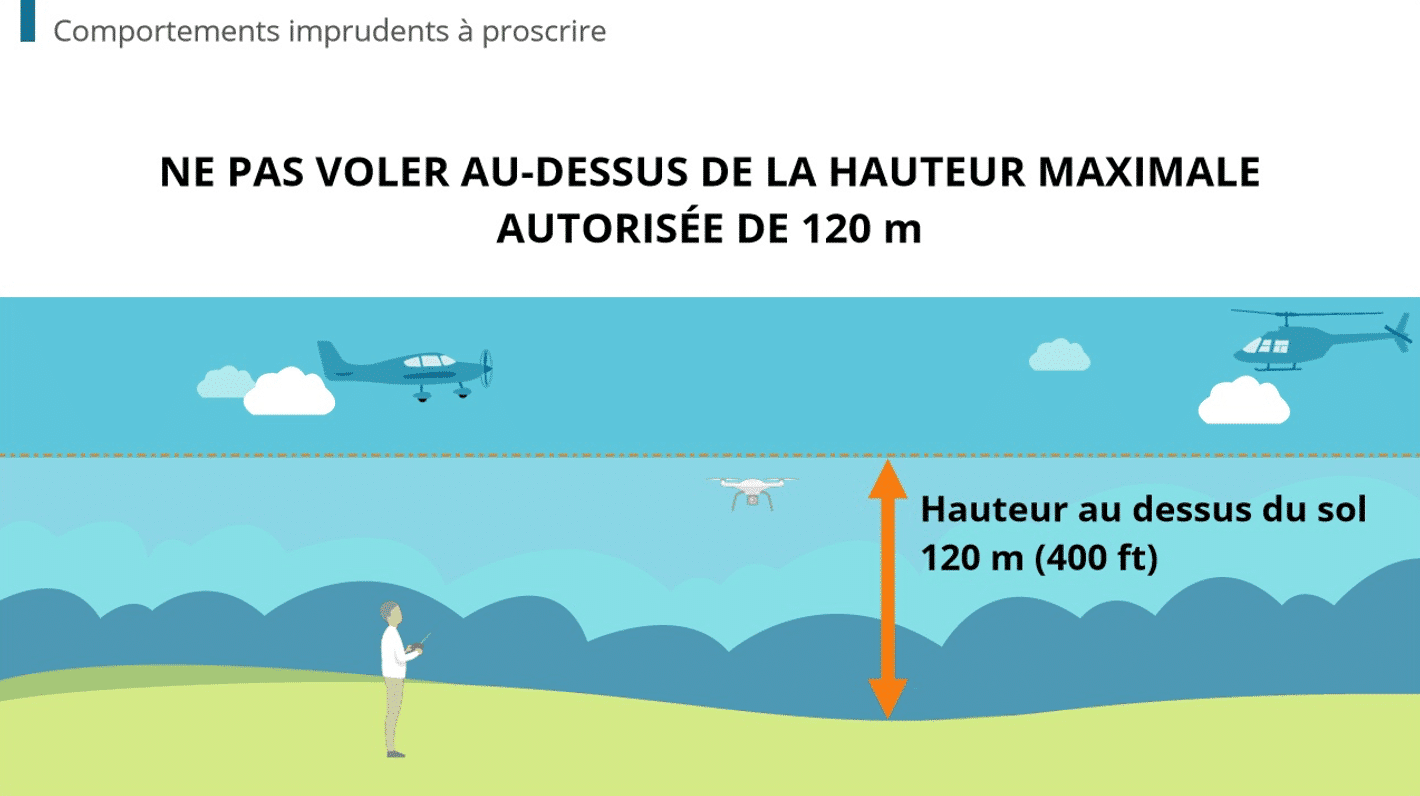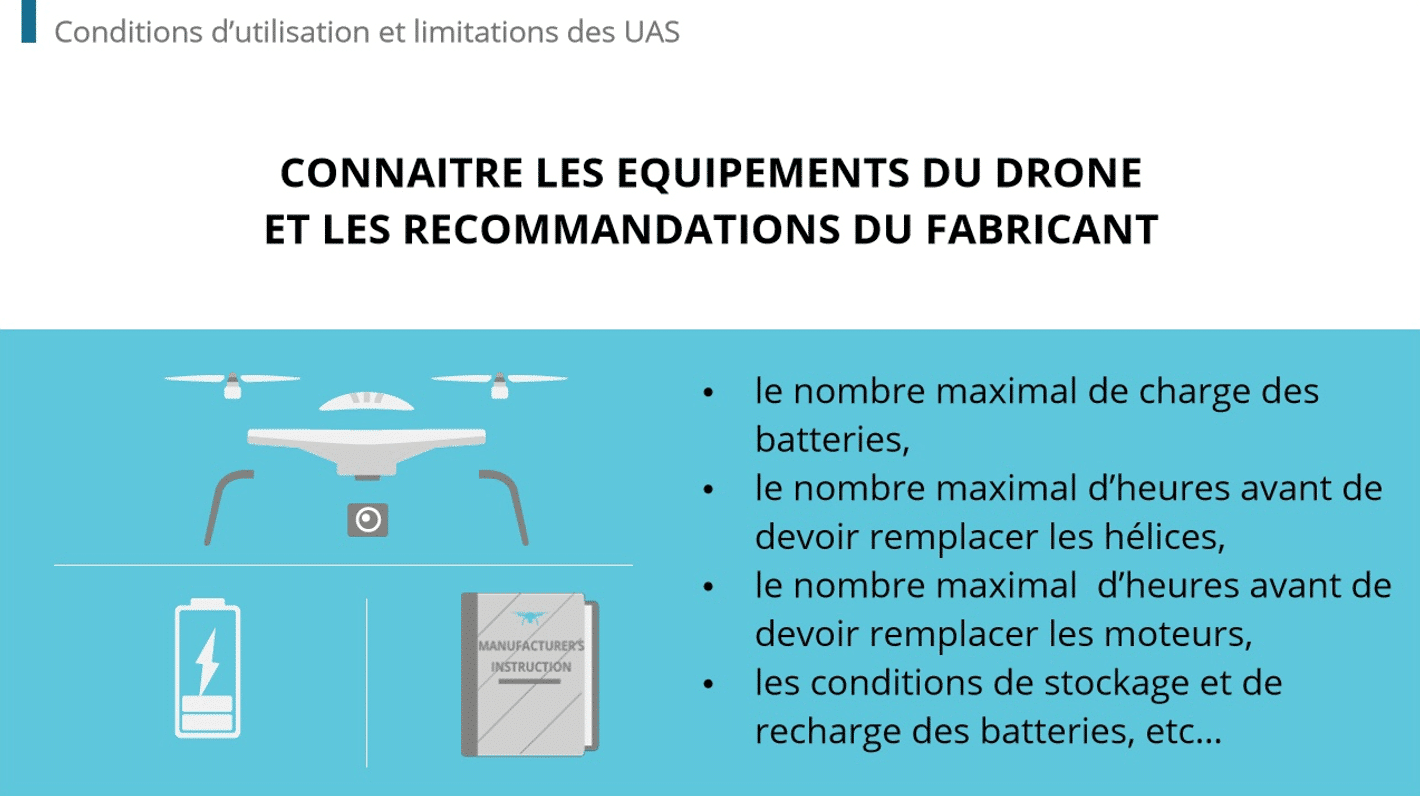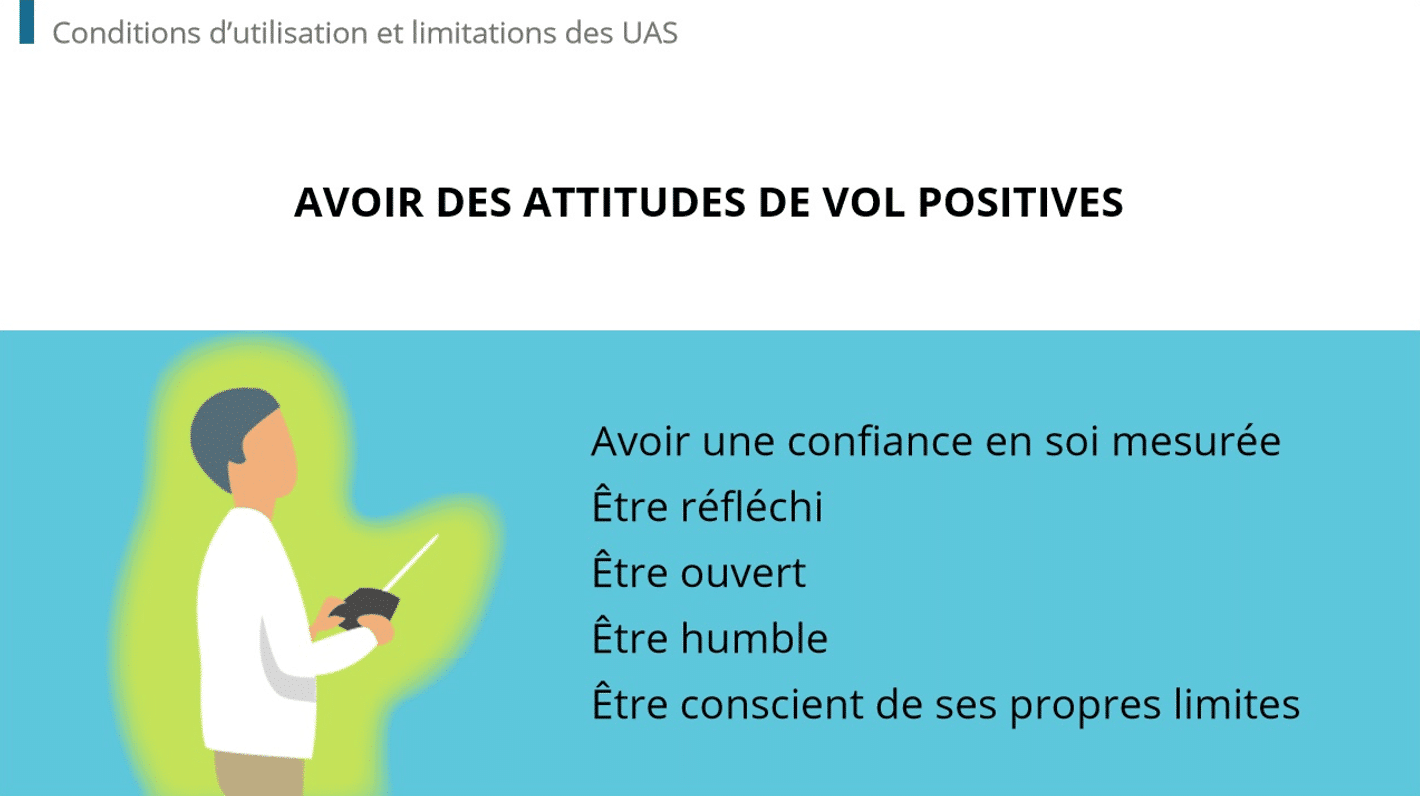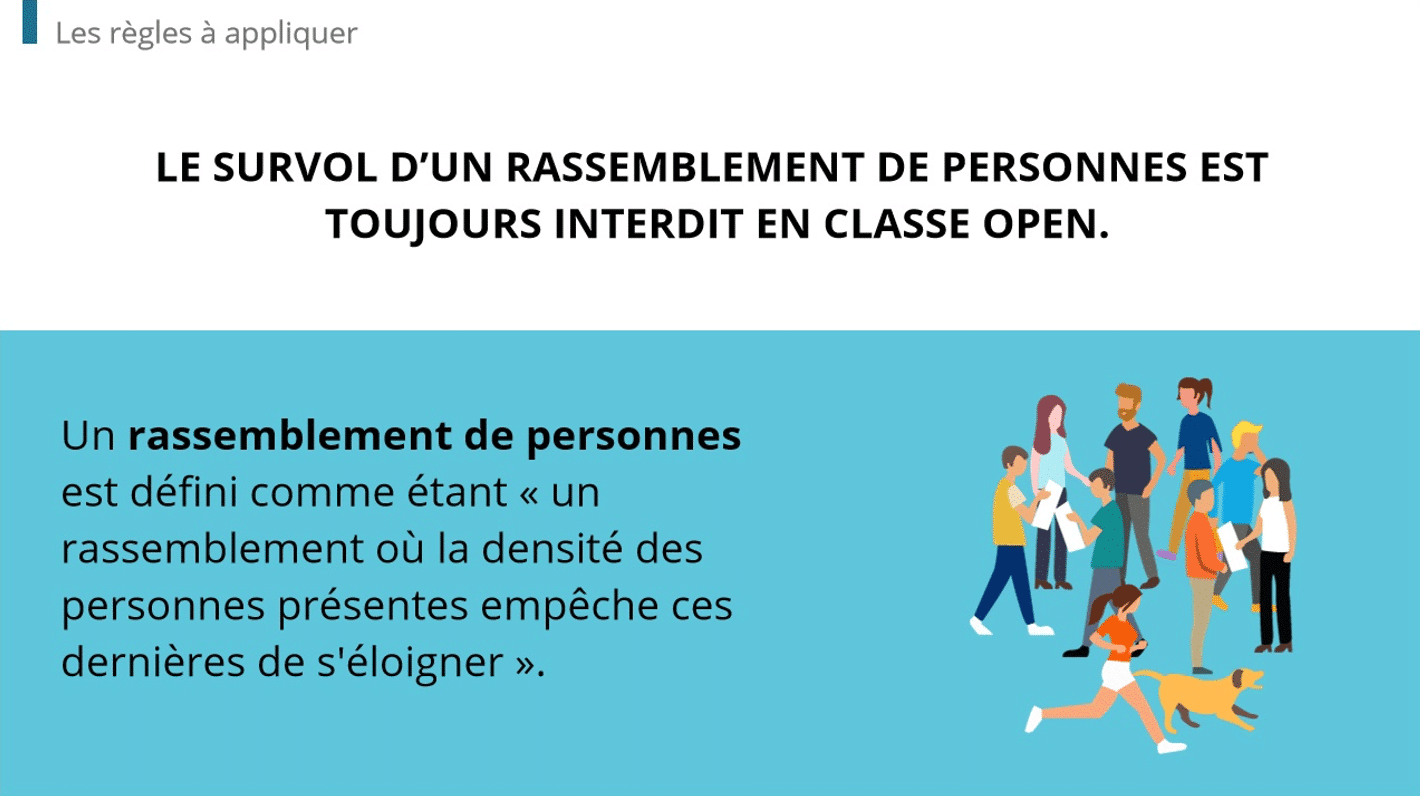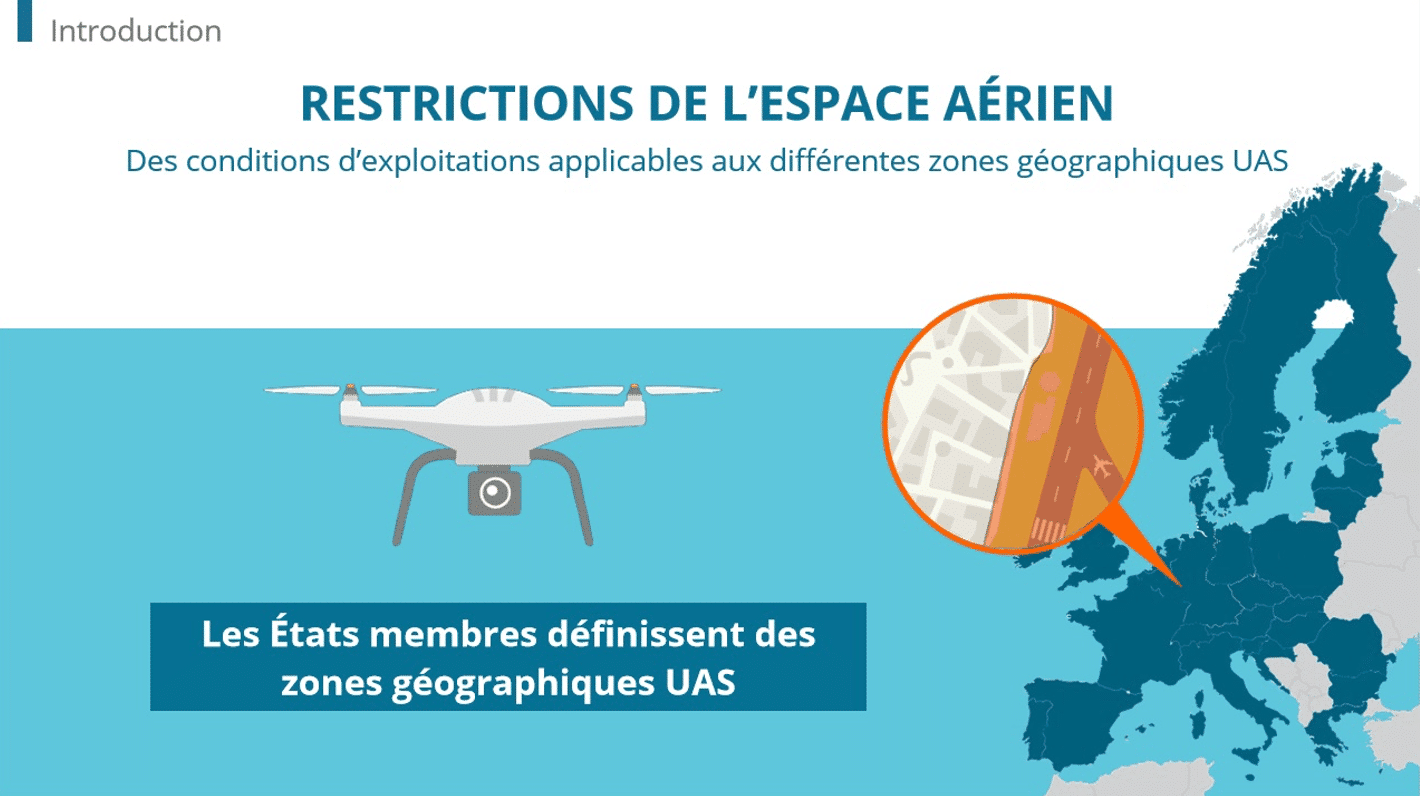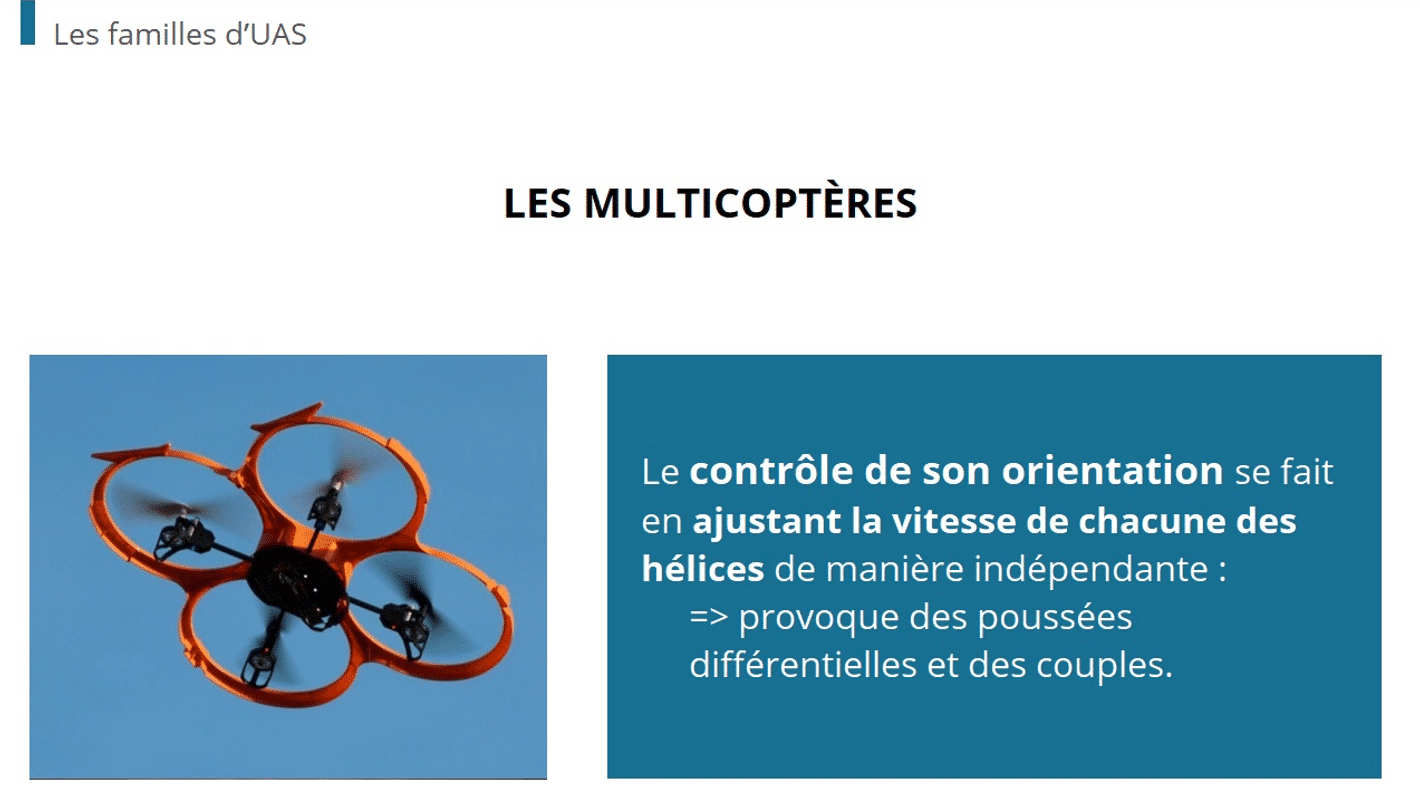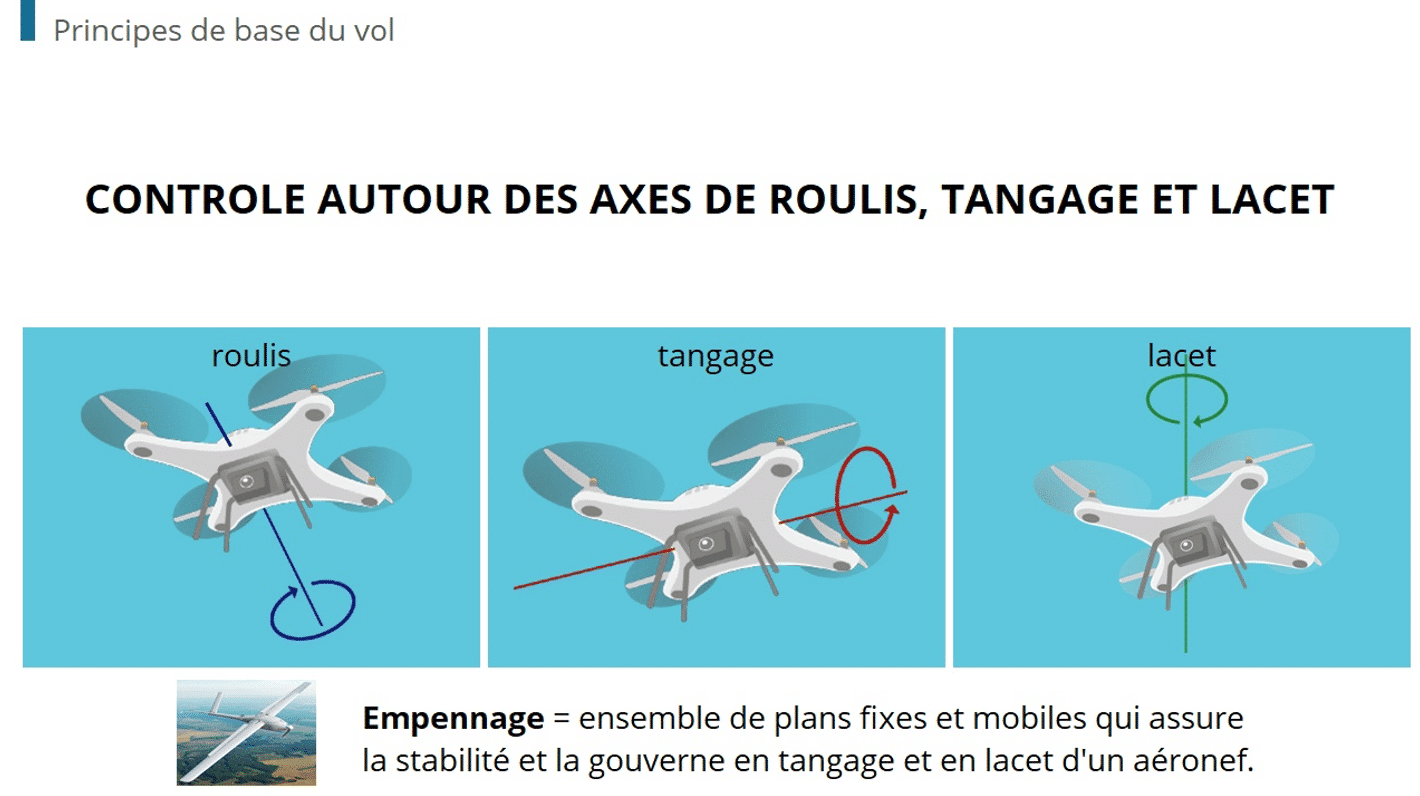A collaborative knowledge management system allows you to broadcast official information and collect feedback from employees
In business, knowledge management responds to two needs:
- organising training programmes: to align employees to a new strategy, build their business skills, or understand the fundamentals of a new software (ERP, CRM, HRIS etc.). Companies can choose to make a training catalogue available to staff.
- providing instant access to necessary information: this could be norms for the WHO or FDA, the method to start a mail merge with Word, the procedure for launching a product, etc.
It then becomes necessary to create a knowledge database that indexes the available resources, listed by keywords or categories.
Why set up a knowledge management system?
A database and a knowledge catalogue are necessary. But there’s still a risk the employee will not find what they are looking for. They will lose time by asking their colleagues, affecting the entire team’s efficiency as a result.
A good system of training and knowledge management should involve a catalogue and search engine. It should allow for the crossover of information and provide employees continuity between their level and the information they find.
The system guarantees the completeness and integrity of the information. It should enhance the company’s strength, from the quality of training, to the documentation and environment of continuous improvement.
Normalise continuous improvement through a mixed model
The company may set up a knowledge management system that allows for an “official” documentation page, validated by the hierarchy, and a section for comments. Everyone has the opportunity to give their opinion, and explain how they have used the recommendations.
This hybrid approach avoids discussions being held in a vacuum. Holding discussions about the information provided creates a virtuous circle, whereby the author of the documentation can later write a V2 of the document that reflects the corrections of the various proposals and remarks. We are in a period of collaborative regulation, which simultaneously helps improve the motivation of people and quality of work.
Today DOKEOS KM indexes your information resources (Word, PowerPoint, PDFs, videos and training modules, etc.), and integrates them into a search engine. The company defines keywords and assigns the corresponding resources. With each resource having the potential to be commented on, a moderation policy is also offered. The knowledge management is centralised. When offered continuously, it can support your staff at every stage of their work.





